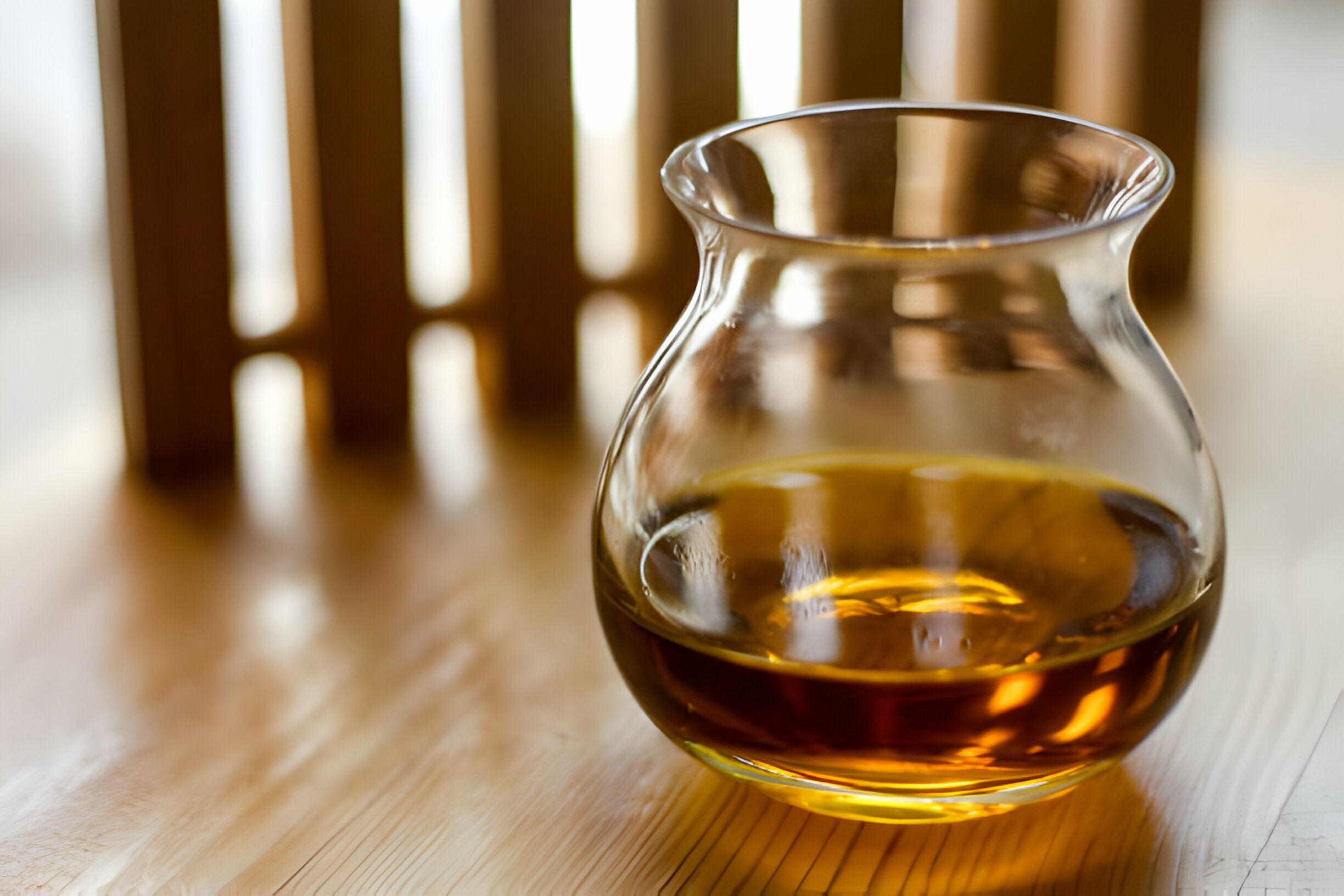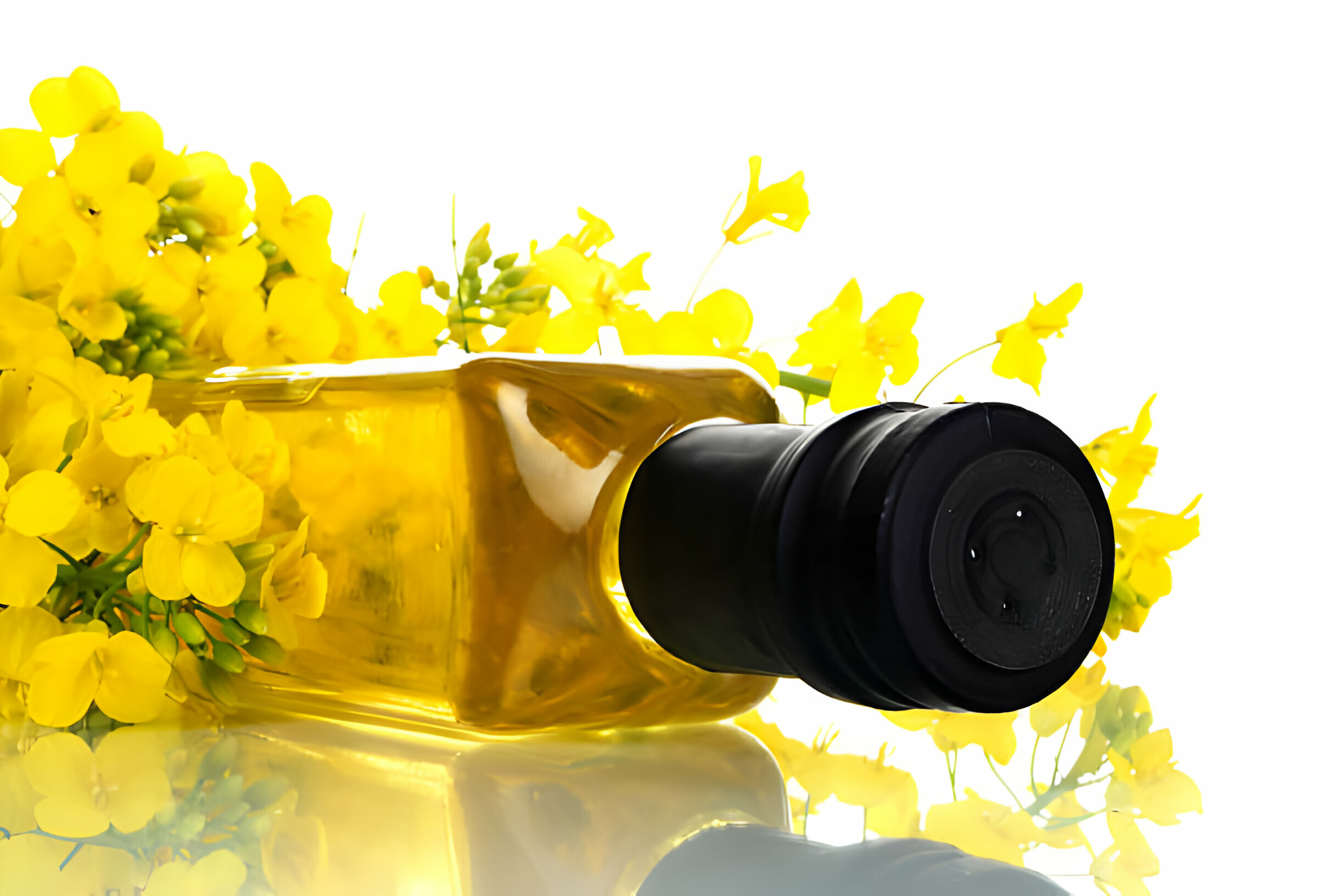Does Canola Oil Go Bad?
Canola oil, derived from the seeds of the canola plant, is a versatile and widely used cooking oil renowned for its neutral flavor and high smoke point. Understanding the shelf life of canola oil is essential for maintaining its quality and ensuring culinary success. While canola oil doesn’t spoil in the traditional sense, it can become rancid over time due to oxidation. This article Does Canola Oil Go Bad? explores the factors influencing the shelf life of canola oil, proper storage techniques to prolong freshness, and signs of spoilage to watch for. By understanding these fundamentals, you can confidently incorporate canola oil into your cooking repertoire while maximizing its longevity.
Understanding Canola Oil
Canola oil, a staple in kitchens worldwide, is derived from the seeds of the canola plant, scientifically known as Brassica napus or Brassica rapa. Renowned for its mild flavor and high smoke point, canola oil has become a preferred choice for cooking, baking, and frying applications. Compared to rapeseed oil, canola oil contains low levels of erucic acid and glucosinolates, making it safer and more suitable for consumption. Canola oil offers a favorable nutritional profile with a balanced composition of healthy monounsaturated and polyunsaturated fats and omega-3 and omega-6 fatty acids. Its versatility and health benefits have solidified it as a kitchen essential in households and professional culinary settings.
Factors Affecting Shelf Life
Factors affecting the shelf life of canola oil are crucial to understand to maintain its quality and freshness. Here’s a detailed explanation of each step:
Oxidation
Canola oil is susceptible to oxidation, a chemical reaction that occurs when the oil reacts with oxygen molecules in the air. This process is accelerated by exposure to light, heat, and air. Oxygen reacts with the unsaturated fats in canola oil, causing them to break down and form harmful compounds known as free radicals. These compounds can degrade the oil’s flavor, color, and nutritional value, leading to rancidity.
Light Exposure
Exposure to light, particularly ultraviolet (UV) light, can promote oxidation and accelerate the degradation of canola oil. Light-sensitive compounds in the oil, such as chlorophyll and carotenoids, can react with oxygen and contribute to off-flavors and discoloration. To minimize light exposure, store canola oil in opaque or dark-colored containers and keep it away from direct sunlight.
Heat
High temperatures can speed up the oxidation process and cause canola oil to deteriorate more rapidly. Heat accelerates the breakdown of unsaturated fats and promotes the formation of oxidative byproducts, such as aldehydes and ketones, which can impart off-flavors and odors to the oil. It’s essential to store canola oil in a cool environment and avoid exposure to heat sources, such as stoves, ovens, or sunlight.
Air Exposure
Contact with air exposes canola oil to oxygen, which can initiate the oxidation process. When canola oil is stored in partially filled or improperly sealed containers, air can enter and interact with the oil, leading to rancidity and off-flavors. To minimize air exposure, use airtight containers or bottles with tight-fitting lids, and avoid transferring canola oil into containers that leave space for air.
Contamination
Contamination with water, moisture, or food particles can also affect the shelf life of canola oil. Water and moisture can promote microbial growth and lead to the development of mold or bacteria, while food particles can introduce additional sources of oxidation. To prevent contamination, always use clean utensils and containers when handling canola oil and avoid storing it near sources of moisture or potential contaminants.
By understanding and addressing these factors, you can prolong the shelf life of canola oil and ensure that it maintains its quality and freshness for as long as possible.
Signs of Spoilage
Recognizing the signs of spoilage in canola oil is crucial for maintaining food safety and quality. Here’s a detailed explanation of the signs to watch for:
- Odor Changes: One of the primary indicators of spoilage in canola oil is a noticeable change in odor. Fresh canola oil typically has a mild, neutral aroma. However, as the oil spoils, it may develop off-putting odors, such as a rancid or musty smell. Detecting any unusual or unpleasant odors when sniffing the oil is a sign that it may have gone wrong and should be discarded.
- Color Changes: Another visual cue of spoilage in canola oil is color changes. While fresh canola oil typically has a transparent or pale yellow color, it may darken or become cloudy as it spoils. This discoloration is often accompanied by the formation of sediment or particles suspended in the oil. If you notice significant changes in the color or clarity of the oil, it’s best to err on the side of caution and dispose of it.
- Taste Alterations: Spoiled canola oil may also exhibit changes in taste. While fresh canola oil has a mild, neutral flavor, rotten or spoiled oil can taste bitter, sour, or stale. If you detect any unusual or unpleasant flavors when tasting the oil, it indicates that it has deteriorated and should not be consumed.
- Presence of Mold or Bacteria: Sp spoiled canola oil may develop visible signs of microbial growth, such as mold or bacteria. Mold growth can appear as fuzzy patches or spots on the surface of the oil, while bacterial contamination may manifest as slimy or viscous textures. If you observe any signs of mold or bacterial growth in the oil, it’s unsafe to consume and should be discarded immediately.
- Excessive Foaming or Fizzing: In rare instances, spoiled canola oil may exhibit unusual physical characteristics, such as excessive foaming or fizzing when agitated or poured. These reactions can indicate the presence of harmful compounds or microbial activity in the oil, signaling spoilage and rendering it unfit for consumption.
By recognizing these signs of spoilage, you can ensure the safety and quality of canola oil used in cooking and food preparation. If you encounter any of these indicators, it’s best to dispose of the oil promptly and replace it with fresh, unspoiled oil.
Does Canola Oil Go Bad?

Yes, like all oils, canola oil can go bad over time. While it doesn’t necessarily spoil like perishable foods, it can become rancid and develop an off taste and odor if not stored correctly or kept for too long. Rancidity occurs when the oil undergoes oxidation, accelerated by light, heat, and air exposure.
However, if stored correctly in a cool, dark place in an airtight container, canola oil can last for a reasonably long time, usually up to one or two years from the production date. It’s essential to pay attention to signs of spoilage, such as changes in color, odor, or taste, and to discard the oil if any of these occur.
To maximize the shelf life of canola oil, it’s essential to follow proper storage guidelines and handle it carefully to minimize exposure to factors that can accelerate oxidation. Additionally, using fresh oil for cooking and avoiding overheating can help maintain its quality for as long as possible.
Proper Storage Guidelines
Proper storage is essential for maintaining the quality and prolonging the shelf life of canola oil. Here are detailed guidelines to follow:
- Store in a Cool, Dark Place: Canola oil should be stored in a cool, dark location to minimize exposure to light and heat, which can accelerate oxidation. Choose a pantry, cupboard, or kitchen cabinet away from heat sources, such as stoves, ovens, or direct sunlight. Avoid storing canola oil near appliances that generate heat, as elevated temperatures can cause the oil to degrade more quickly.
- Use Airtight Containers: Transfer canola oil from its original packaging to a clean, airtight container to reduce air exposure and minimize oxidation. Choose containers of dark glass, opaque plastic, or metal that block out light and help preserve the oil’s freshness. Ensure the container has a tight-fitting lid to prevent air from entering and interacting with the oil.
- Avoid Temperature Fluctuations: Fluctuations in temperature can affect the quality of canola oil. Aim to maintain a consistent storage temperature, ideally between 50°F and 70°F (10°C to 21°C). Avoid storing canola oil in areas prone to temperature fluctuations, such as near heating vents, refrigerators, or freezers, as temperature changes can promote condensation and moisture buildup inside the container.
- Minimize Air Exposure: Exposure to air can accelerate oxidation and spoilage in canola oil. Always ensure the container is tightly sealed after each use to prevent air from entering and coming into contact with the oil. Avoid leaving the container open for extended periods during cooking or food preparation, and promptly return the oil to storage afterward.
- Check for Contamination: To prevent contamination and maintain food safety, ensure that utensils and containers used to handle canola oil are clean and dry. Avoid introducing moisture, water, or food particles into the oil, as these can promote microbial growth and spoilage. Use clean, dry utensils or pour spouts when dispensing oil from the container, and wipe the container’s rim clean before sealing.
- Monitor Expiration Date: While canola oil typically has a shelf life of one to two years when stored correctly, it’s essential to monitor the expiration date or “best by” date on the original packaging. Rotate stock regularly and use older batches of canola oil before newer ones to ensure freshness and quality.
By following these proper storage guidelines, you can maximize the shelf life of canola oil and maintain its quality for optimal culinary use. Proper storage practices help preserve the oil’s flavor, nutritional value, and cooking performance, ensuring that it remains a versatile and reliable ingredient in your kitchen.
Extending Shelf Life
Extending the shelf life of canola oil involves implementing additional strategies to minimize oxidation and preserve its freshness. Here are detailed steps to extend the shelf life of canola oil:
- Refrigeration: While canola oil doesn’t require refrigeration, storing it in the refrigerator can help slow the oxidation process and prolong its shelf life. If you live in a warm climate or your kitchen tends to get hot, refrigerating canola oil can provide extra protection against heat-induced degradation. Place the tightly sealed container of canola oil in the refrigerator door or on a shelf away from strong-smelling foods to prevent the absorption of odors.
- Freezing: For long-term storage, consider freezing canola oil to maintain its freshness. Transfer the oil to a freezer-safe container, leaving space at the top to accommodate expansion, and seal it tightly. Canola oil can become cloudy or solidify when frozen, but this doesn’t affect its quality. Before using frozen canola oil, let it thaw at room temperature or place it in the refrigerator overnight. Use thawed canola oil within a reasonable time frame to prevent deterioration.
- Decanting: To minimize air exposure and prolong the shelf life of opened canola oil, consider decanting it into smaller containers. Transferring the oil to smaller bottles or jars reduces the headspace, which decreases the amount of oxygen in contact with the oil. Seal the smaller containers tightly and store them in the refrigerator or a cool, dark pantry for optimal freshness.
- Use Fresh Oil for Cooking: Use fresh canola oil for cooking and food preparation whenever possible. While properly stored canola oil maintains its quality for an extended period, using older oil may compromise your dishes’ flavor and nutritional value. Rotate your stock regularly and prioritize using older batches of canola oil before newer ones to ensure nothing goes to waste.
- Avoid Overheating: High temperatures can accelerate the degradation of canola oil and lead to off-flavors and odors. Avoid overheating or allowing it to reach its smoke point, around 400°F (204°C) when cooking with canola oil. Choose cooking methods that involve lower temperatures, such as sautéing, stir-frying, or baking, and monitor the oil closely to prevent overheating.
- Maintain Clean Containers and Utensils: To prevent contamination and maintain the quality of canola oil, ensure that containers and utensils used for handling the oil are clean, dry, and free from residue. Avoid introducing moisture, water, or food particles into the oil, as these can promote microbial growth and spoilage. Clean containers and utensils thoroughly before transferring or dispensing canola oil to minimize the risk of contamination.
By incorporating these strategies into your storage and usage practices, you can effectively extend the shelf life of canola oil and ensure that it remains fresh and flavorful for longer periods. Proper storage, handling, and usage techniques are key to preserving the quality and nutritional benefits of canola oil, making it a valuable ingredient in your kitchen arsenal.
FAQs
What Happens If You Use Expired Cooking Oil?
Using expired cooking oil can result in unpleasant flavors, odors, and potential health risks due to increased oxidation and rancidity. It may also affect the taste and quality of your dishes.
Should Canola Oil Be Refrigerated After Opening?
Canola oil does not need to be refrigerated after opening, but storing it in a cool, dark place can help prolong its shelf life by slowing down oxidation. Refrigeration is optional and beneficial in warm climates or if the kitchen gets hot.
What Can I Do With Expired Canola Oil?
Expired canola oil can be disposed of by sealing it in a container, throwing it in the trash, or recycling it at a local recycling center that accepts cooking oil. Avoid pouring it down the drain to prevent potential clogs and environmental damage.
How Do You Get Rid Of Rancid Canola Oil?
Rancid canola oil can be disposed of by sealing it in a container, throwing it in the trash, or taking it to a local recycling center that accepts cooking oil. Avoid pouring it down the drain to prevent clogs and environmental damage.
Conclusion
Claire Lower
Claire is LiveandFeel Senior Food Editor. She has a BS in chemistry, a decade of food journalism experience, and a deep love for mayonnaise and MSG. As a Senior Food & Beverage Writer for liveandfeel, where I generate exciting content covering topics such as culinary trends, recipes, and perhaps even health and wellness aspects related to food. that not only informs but also captivates a sizable audience.








